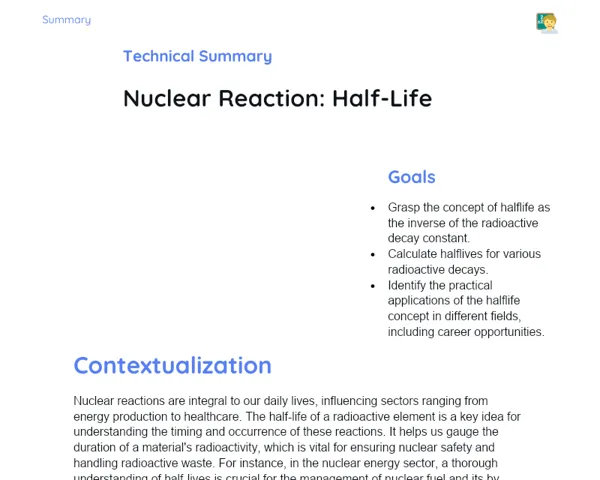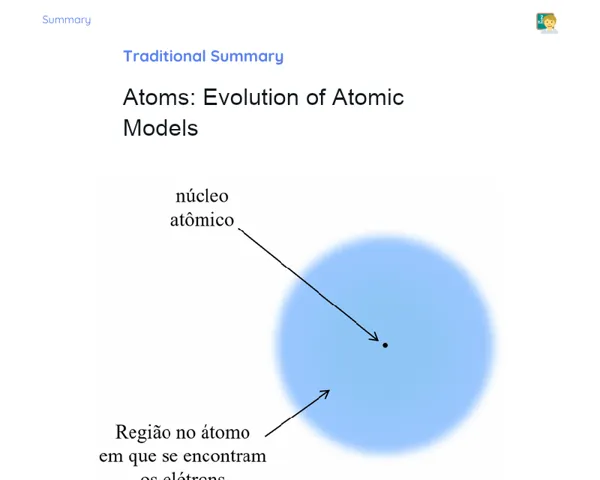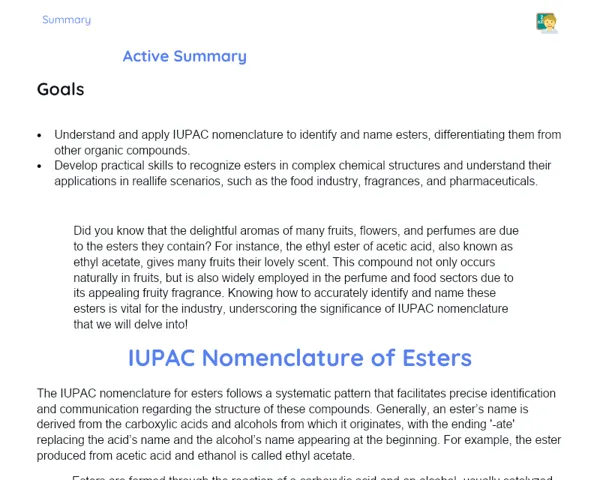Summary Tradisional | Equilibrium: pH and pOH
Contextualization
The concept of pH (potential hydrogen) is crucial across various fields, from industries to biology. pH measures how acidic or basic a solution is, using a scale that ranges from 0 to 14. Solutions with a pH below 7 are acidic, while those above 7 are basic, and a pH of 7 is neutral. This measurement is essential for managing chemical and biological processes—such as in agriculture where the soil pH needs to be kept in check to promote healthy plant growth, and in medicine where maintaining blood pH within the range of 7.35 to 7.45 is vital for proper body functions.
pOH complements pH, indicating the concentration of hydroxide ions (OH-) present in a solution. At 25°C, the total of pH and pOH is always 14. The ionization constant of water (Kw) is the product of H+ and OH- concentrations and is a constant value of 1 x 10^-14 at 25°C. Being able to understand and calculate both pH and pOH is critical for resolving ionic balance issues in different practical and theoretical scenarios.
To Remember!
Definition of pH and pOH
pH measures the acidity or basicity of a solution based on hydrogen ion (H+) concentration. The scale runs from 0 to 14, where values under 7 signify acidity, those over 7 signify basicity, and 7 indicates neutrality, as seen in pure water. To calculate pH, we use the formula: pH = -log[H+], where [H+] is the concentration of hydrogen ions in moles per litre.
Conversely, pOH reflects the concentration of hydroxide ions (OH-) in a solution, also on a scale from 0 to 14. Values below 7 show acidic conditions, while values above 7 indicate a basic solution. To find pOH, we use: pOH = -log[OH-]. Hence, if we know one of the values, the other can be derived since pH + pOH will always equal 14 at 25°C.
-
pH measures H+ ion concentration in a solution.
-
pOH measures OH- ion concentration in a solution.
-
The sum of pH and pOH is always 14 at 25°C.
pH Scale
The pH scale categorizes aqueous solutions by their acidity or basicity, ranging from 0 to 14 and it is logarithmic, meaning each pH unit represents a tenfold change in hydrogen ion concentration. For instance, a solution with pH 3 is ten times more acidic than one with pH 4.
pH values below 7 indicate acidic solutions, which can be found in everyday items like lemon juice (pH ≈ 2) and vinegar (pH ≈ 3). Basic solutions, such as bleach (pH ≈ 12) and ammonia (pH ≈ 11), have pH values above 7. A pH of 7, seen in pure water, is considered neutral.
The pH scale is vital in various practical applications. For farmers, soil pH significantly impacts nutrient availability for plants. In healthcare, maintaining human blood pH between 7.35 and 7.45 is essential for proper functioning.
-
The pH scale spans from 0 to 14.
-
Values below 7 are acidic, above 7 are basic, and 7 is neutral.
-
The pH scale is logarithmic, with each unit denoting a tenfold difference in H+ concentration.
Formulas for Calculating pH and pOH
To calculate the pH of a solution, we use pH = -log[H+], where [H+] is the molar concentration of hydrogen ions. For example, if hydrogen ions in a solution are 1 x 10^-3 M, the pH will be 3 (pH = -log(1 x 10^-3)).
Calculating pOH follows a similar method: pOH = -log[OH-] for the concentration of hydroxide ions. For instance, if the hydroxide ion concentration is 2 x 10^-4 M, the resulting pOH would be about 3.7 (pOH = -log(2 x 10^-4)).
Remember, pH and pOH are interrelated by the equation pH + pOH = 14 at 25°C. For example, if the pH of a solution is 5, the corresponding pOH becomes 9 (14 - 5 = 9).
-
Formula for calculating pH: pH = -log[H+].
-
Formula for calculating pOH: pOH = -log[OH-].
-
The sum of pH and pOH is always 14 at 25°C.
Ionization Constant of Water (Kw)
Pure water undergoes slight self-ionization, generating hydrogen ions (H+) and hydroxide ions (OH-). The ionization constant of water (Kw) embodies the product of the concentrations of these ions in pure water at 25°C, given by Kw = [H+][OH-] = 1 x 10^-14, which is crucial for understanding ionic equilibrium in water-based solutions.
Using Kw = [H+][OH-] = 1 x 10^-14 allows for calculating the concentration of either ion if the other is known. For instance, if a solution has 1 x 10^-5 M of H+ ions, the OH- concentration would be 1 x 10^-9 M to keep Kw constant.
This explains why the pH and pOH sum to 14 at 25°C. Since pH = -log[H+] and pOH = -log[OH-], the respective negative logarithms of the H+ and OH- concentrations sum up to 14, reaffirming the ionization constant of water.
-
Kw is the ionization constant of water.
-
Kw = [H+][OH-] = 1 x 10^-14 at 25°C.
-
Kw enables calculating either H+ or OH- concentrations when the other is available.
Key Terms
-
pH: Measure of hydrogen ion (H+) concentration in a solution.
-
pOH: Measure of hydroxide ion (OH-) concentration in a solution.
-
Ionic Equilibrium: A state where H+ and OH- ion concentrations in a solution maintain a constant product.
-
Ionization Constant of Water (Kw): The product of H+ and OH- ion concentrations in pure water at 25°C, Kw = 1 x 10^-14.
-
pH Scale: A tool that categorizes solutions as acidic, basic, or neutral within the range of 0 to 14.
-
Logarithm (log): A mathematical function used to determine pH and pOH representing the exponent needed to raise a number to yield another number.
Important Conclusions
In this lesson, we explored the core concepts of pH and pOH, including their definitions and interrelationship. We established that pH measures a solution's acidity or basicity while pOH gauges hydroxide ion concentration. The crucial detail here is that pH and pOH values in a solution always total 14 at 25°C, enabling conversion of one value to the other. We also highlighted the significance of the ionization constant of water (Kw) and its connection to ionic equilibrium in water solutions.
We examined the pH scale from 0 to 14, classifying solutions into acidic, basic, or neutral categories. Additionally, we covered the formulas for calculating pH and pOH with practical examples. Mastering these computations is vital for tackling ionic equilibrium problems across various applications—from agriculture to healthcare.
Grasping these concepts holds importance across many disciplines and everyday tasks. We encourage students to probe further into this topic; mastering these calculations can empower them to solve real-life challenges and comprehend significant chemical and biological processes.
Study Tips
-
Regularly practice the formulas for calculating pH and pOH (pH = -log[H+] and pOH = -log[OH-]) and experiment with various H+ and OH- concentrations.
-
Understand the correlation between pH, pOH, and the ionization constant of water (Kw = [H+][OH-] = 1 x 10^-14) to deepen your grasp of ionic equilibrium.
-
Take advantage of supplementary resources like educational videos and hands-on activities to visualize and contextualize these concepts, facilitating easier understanding and retention.



